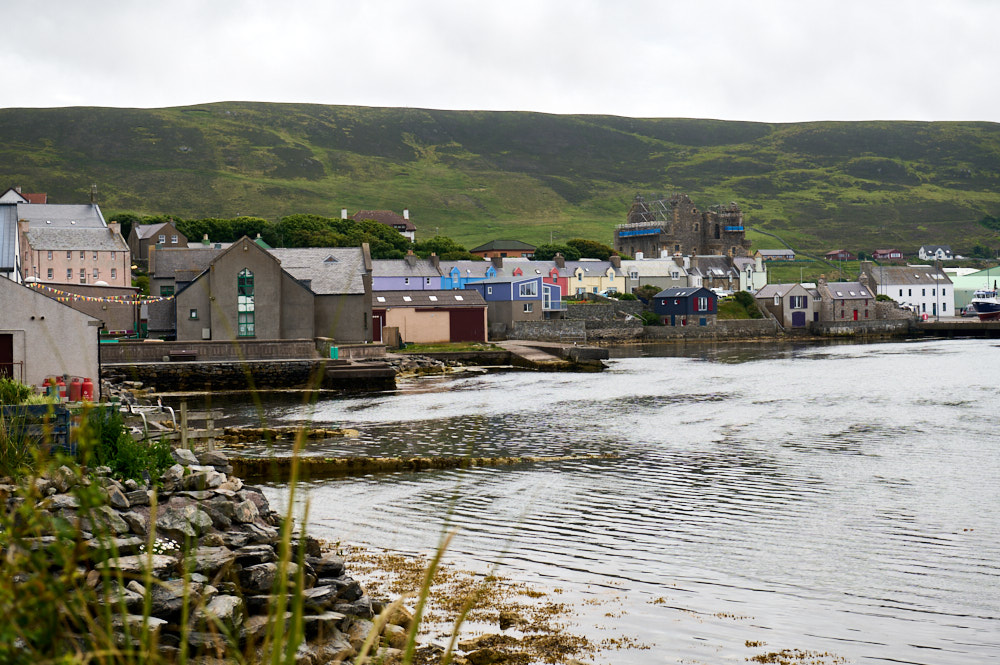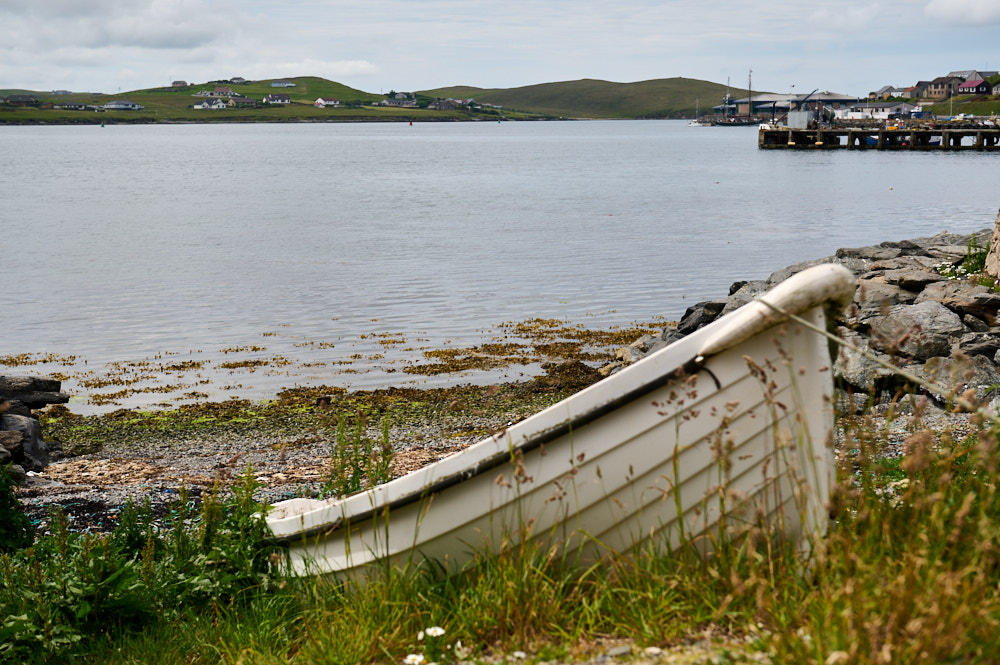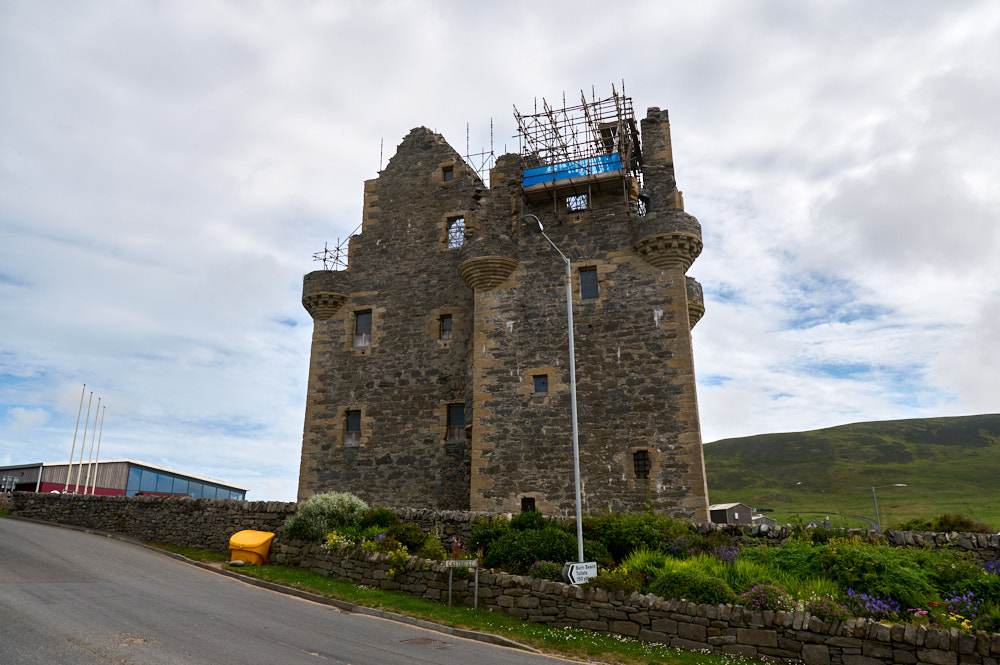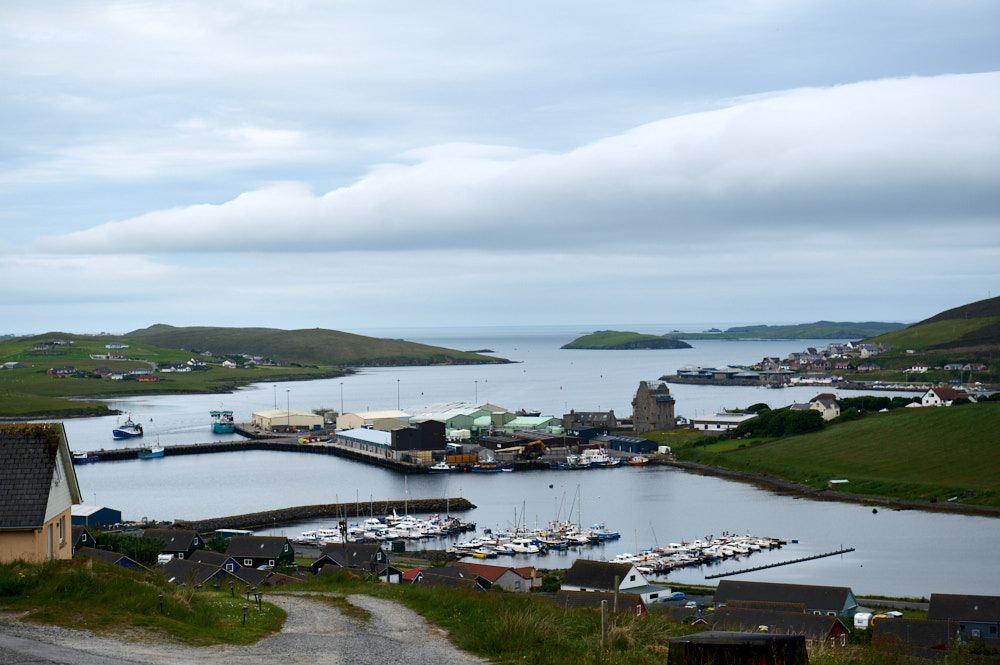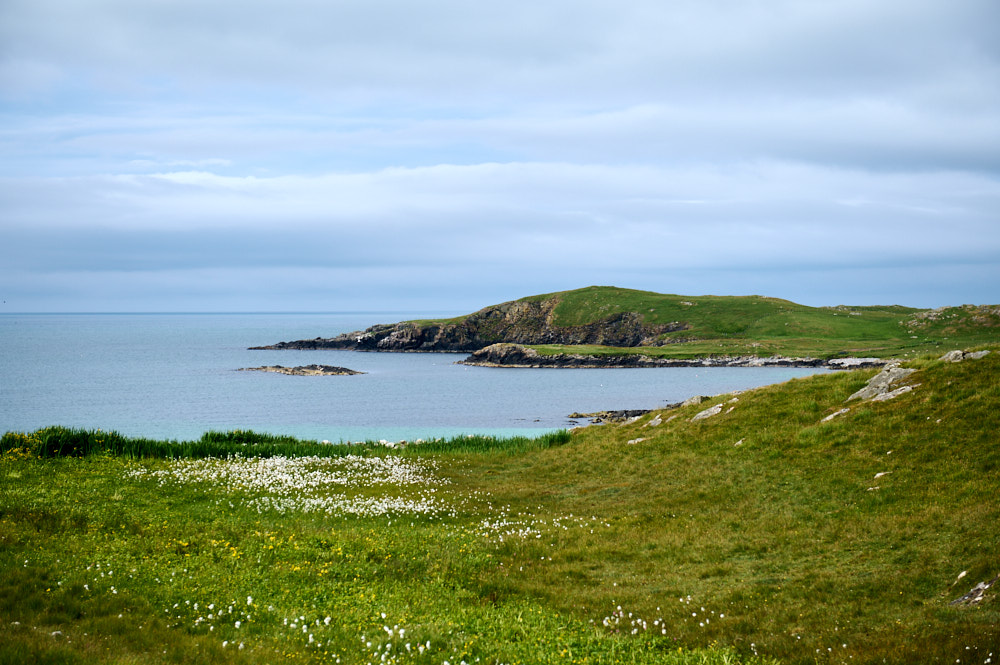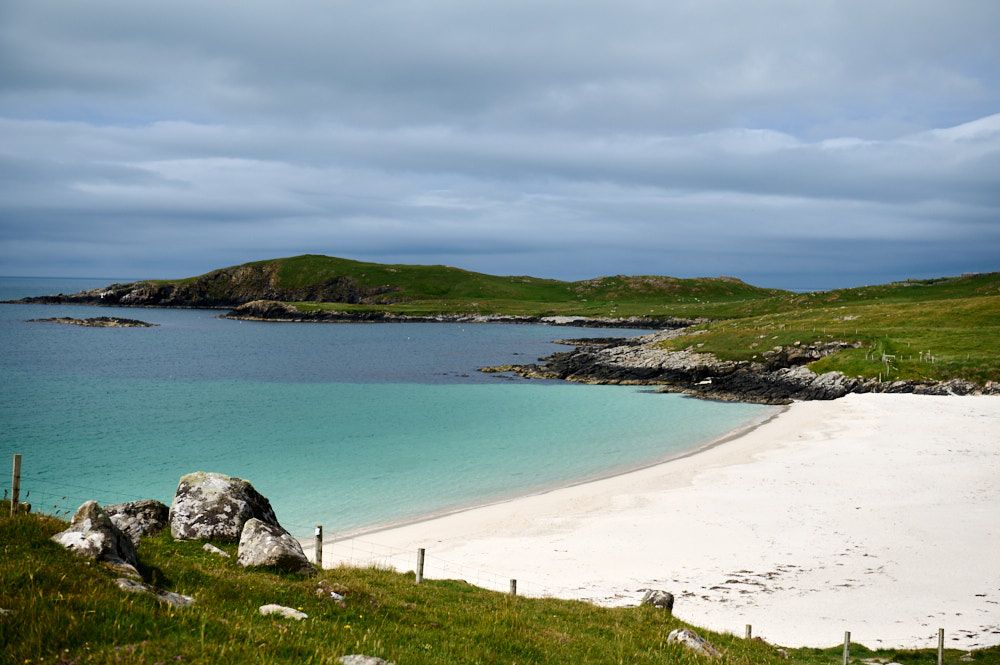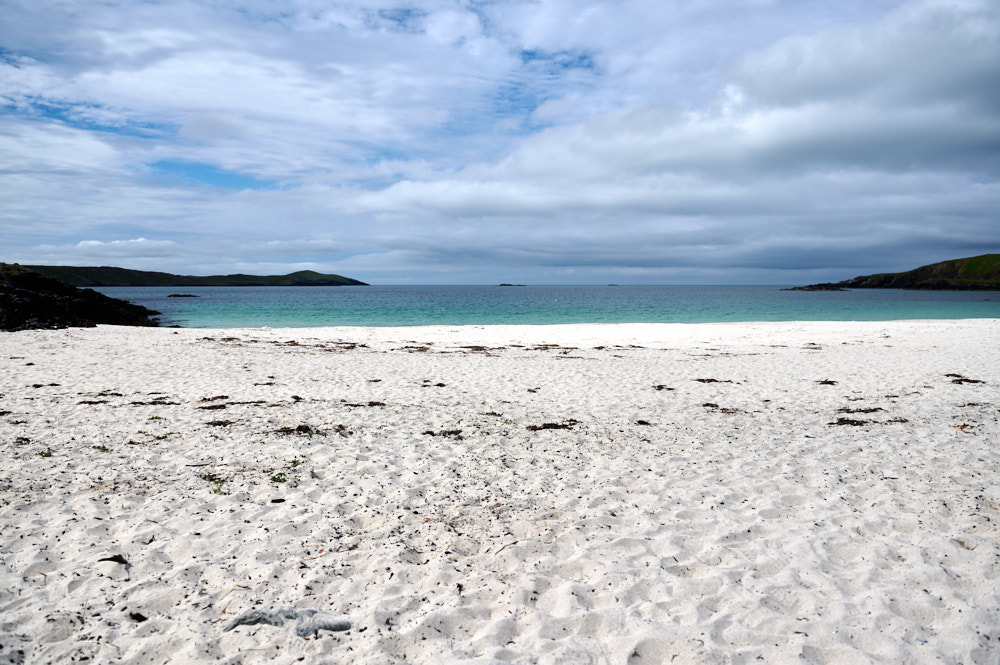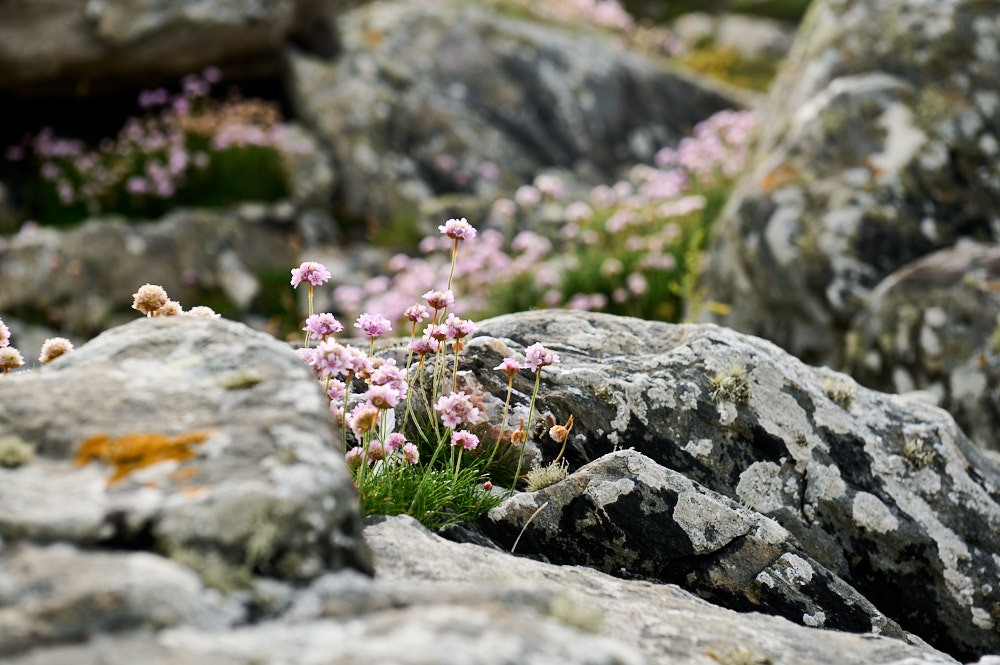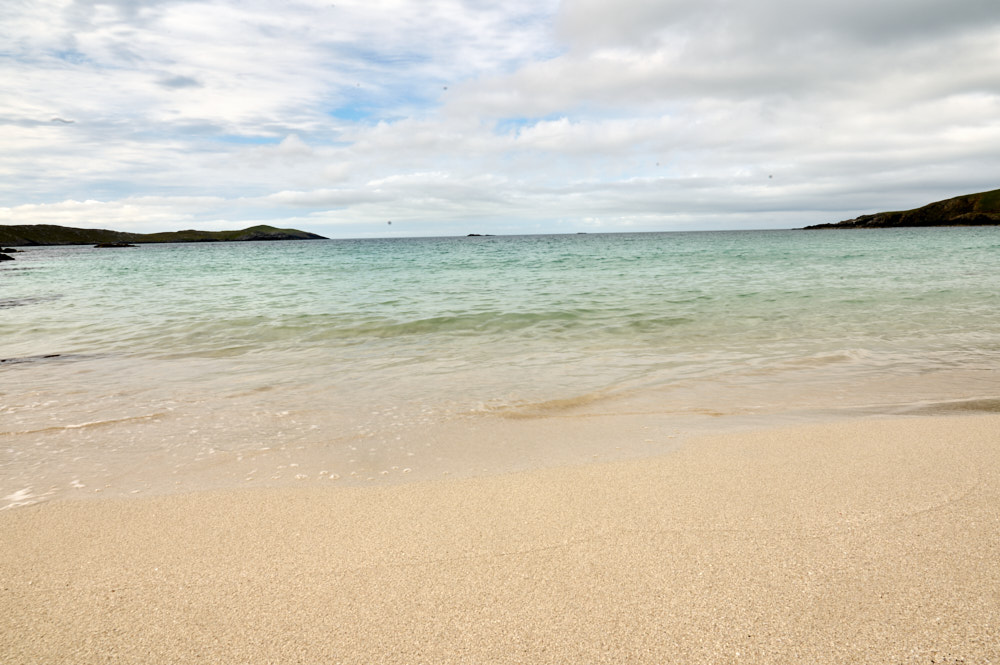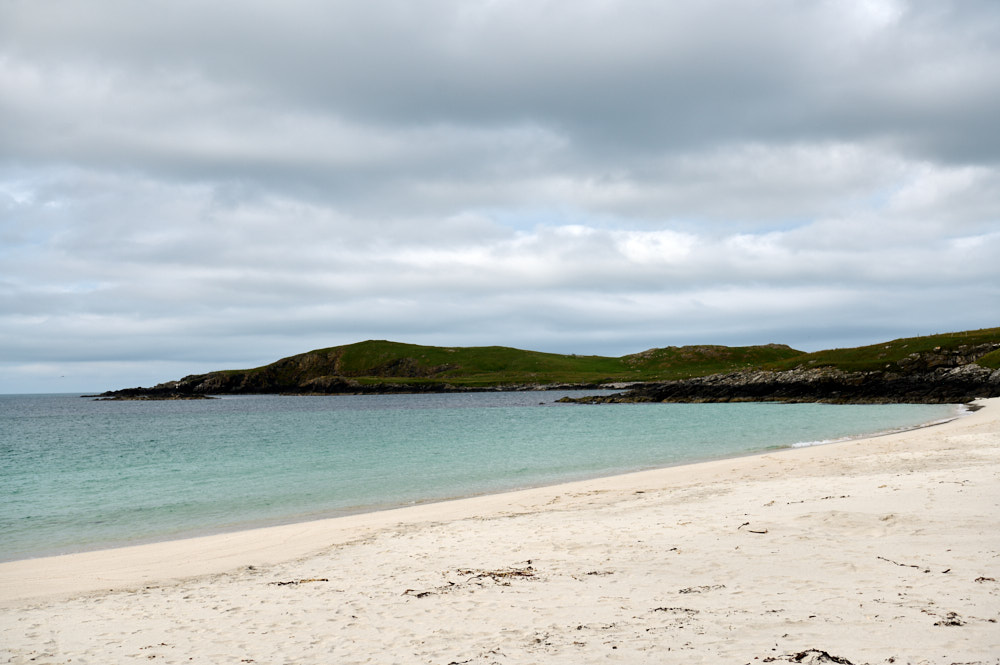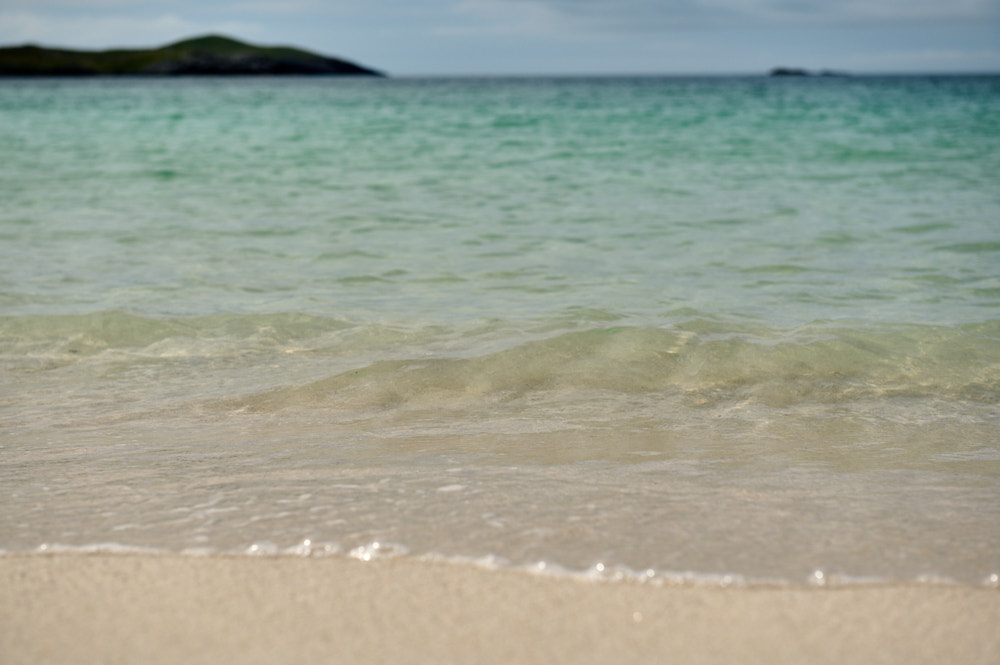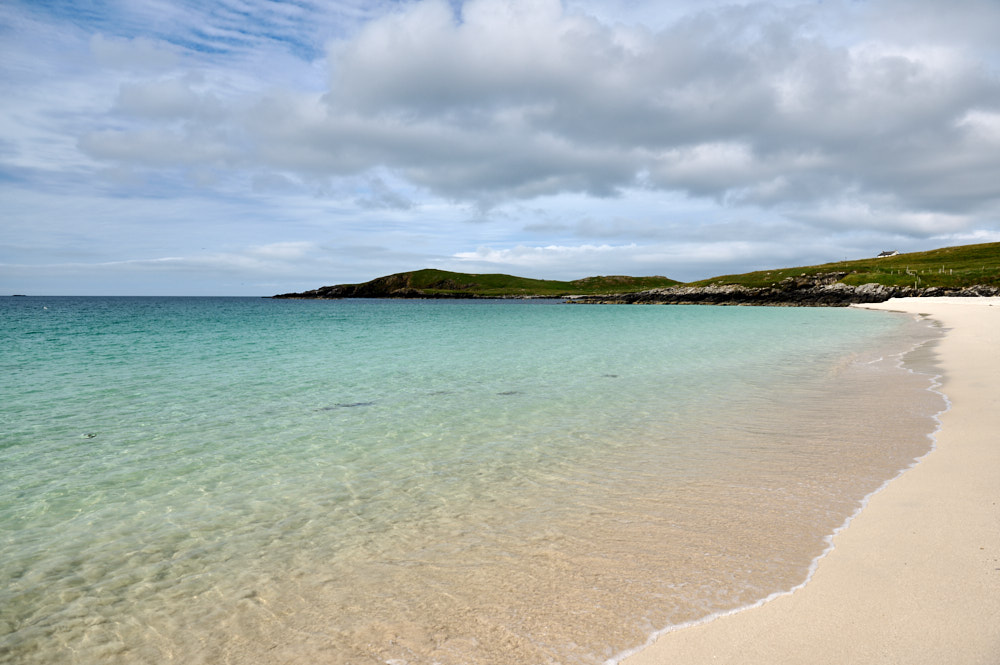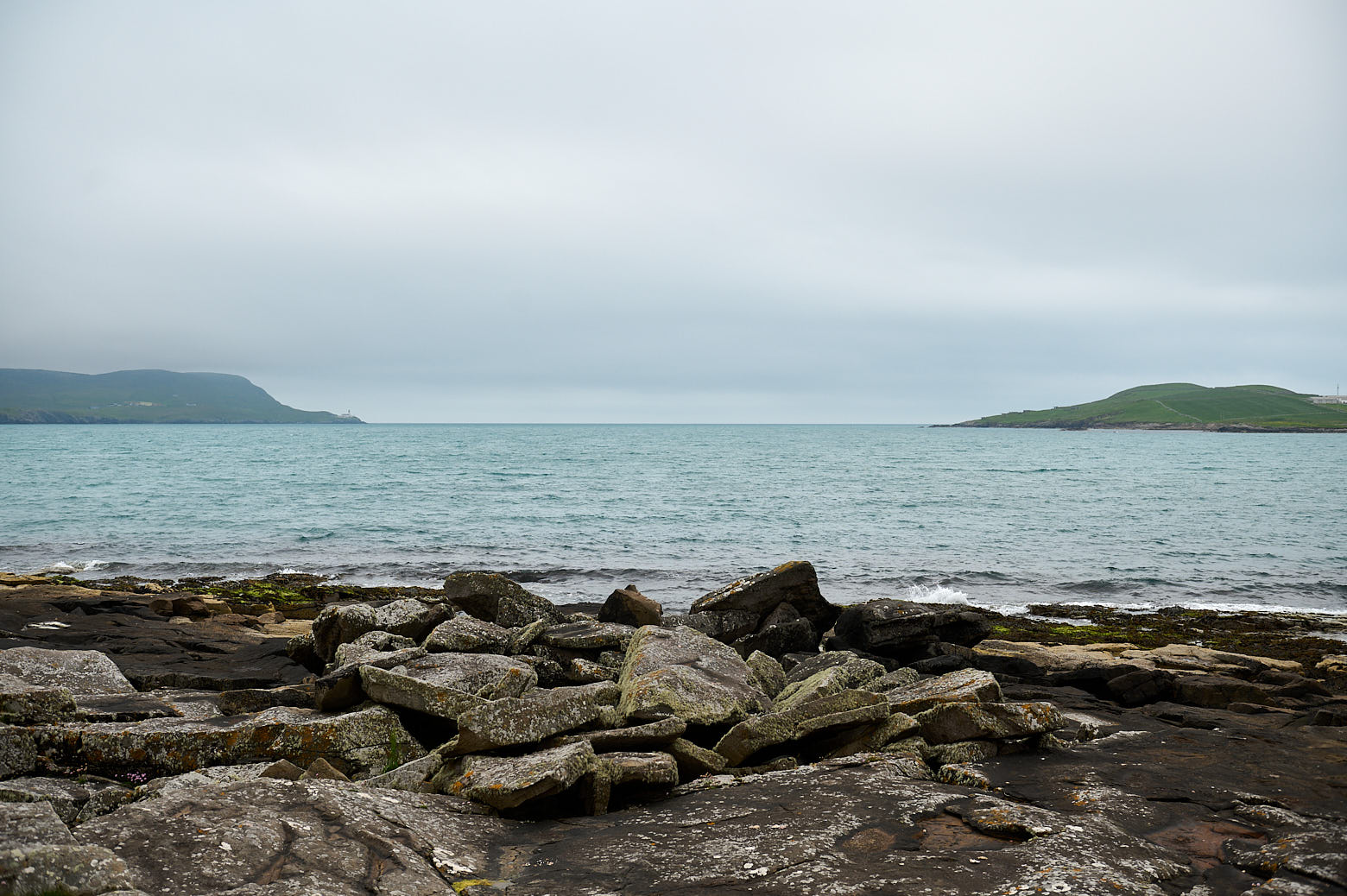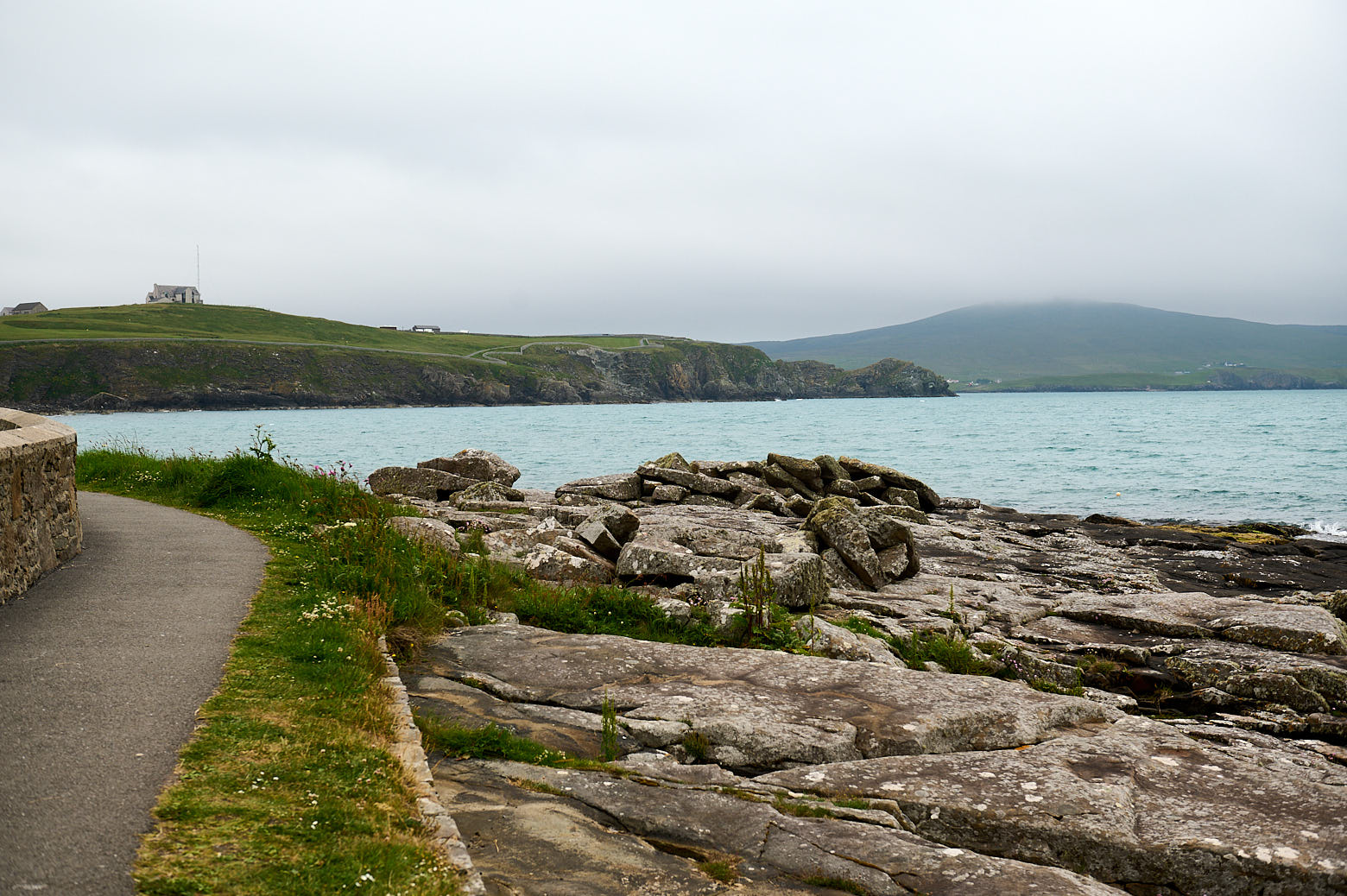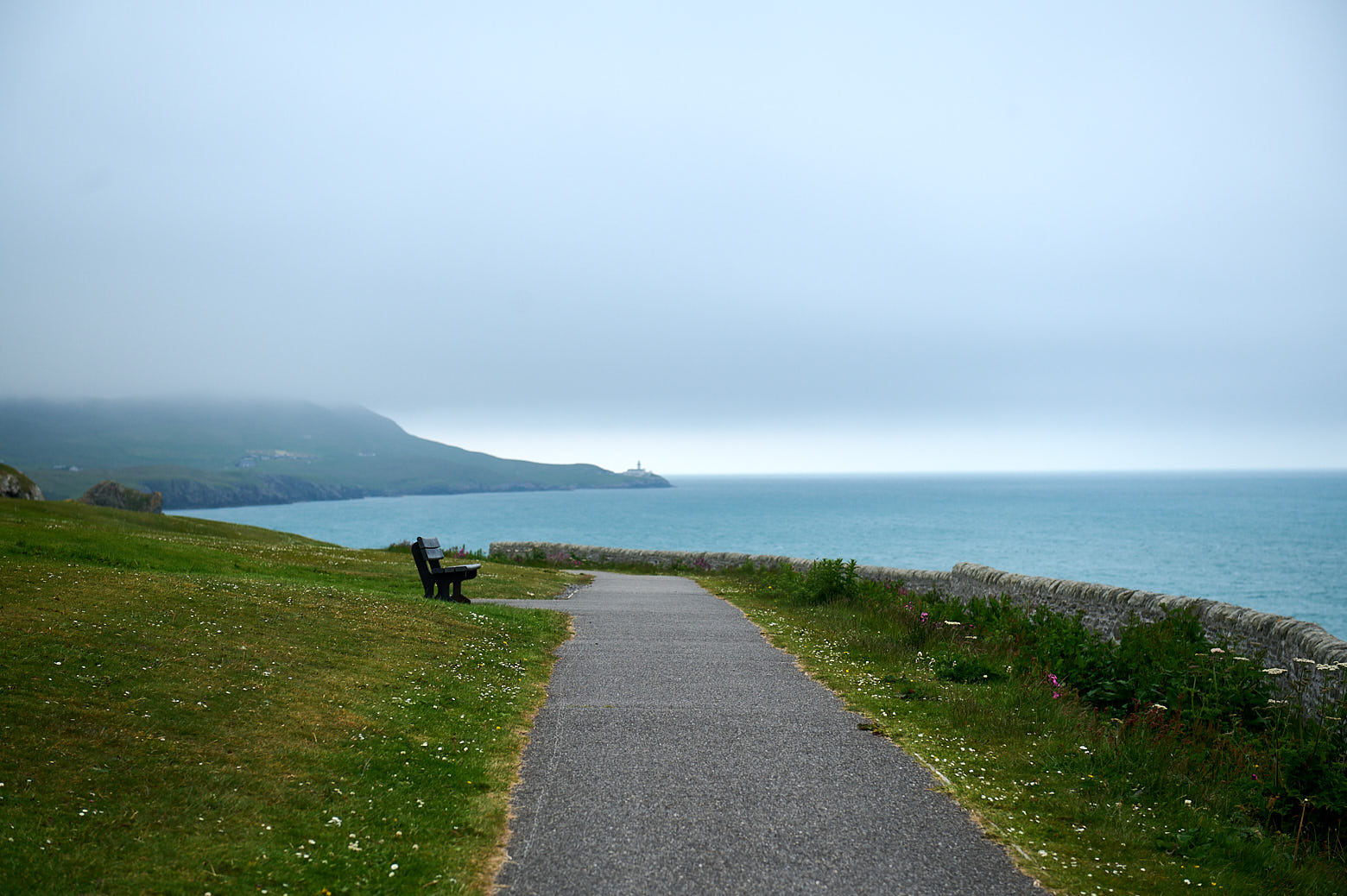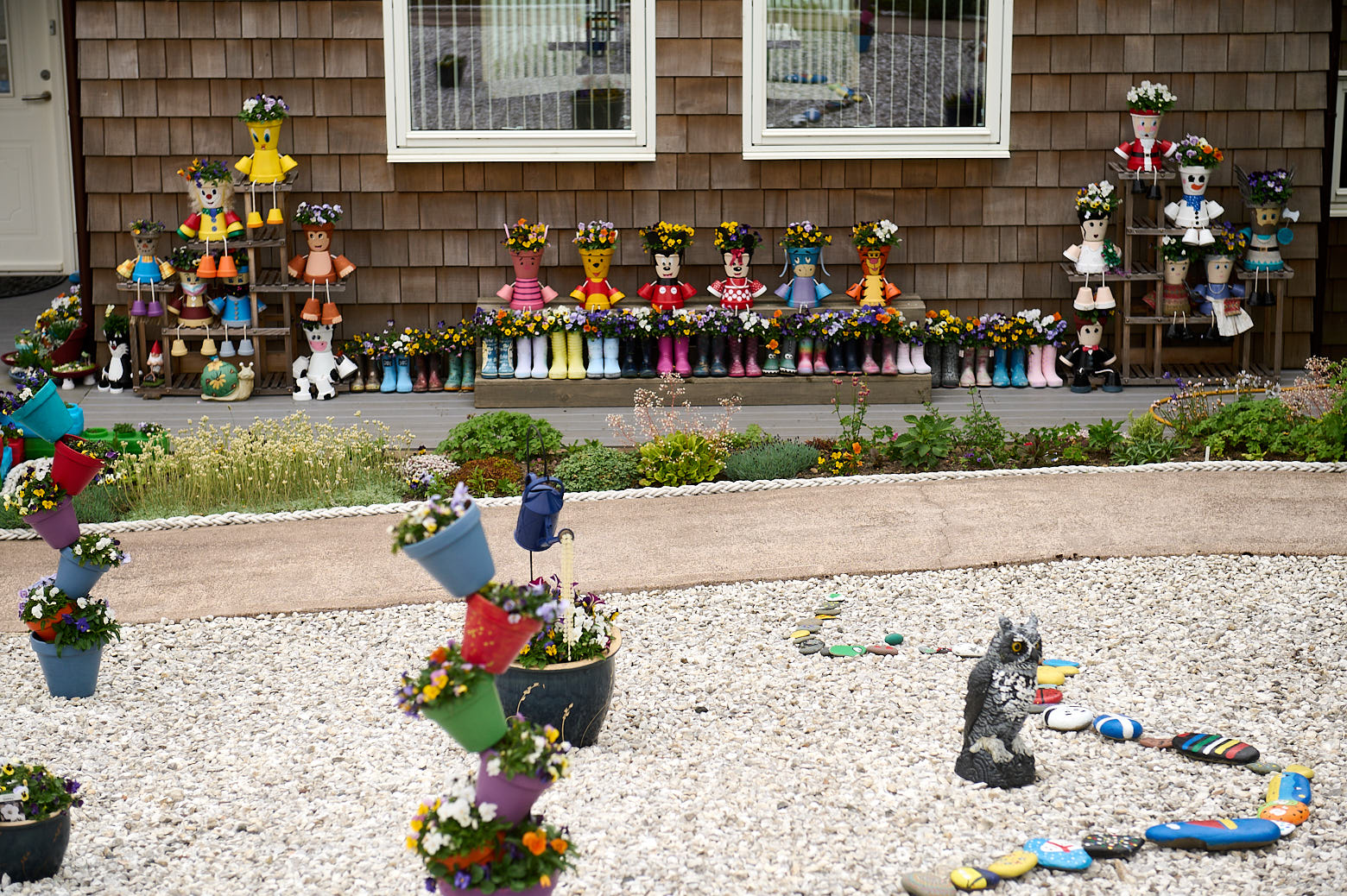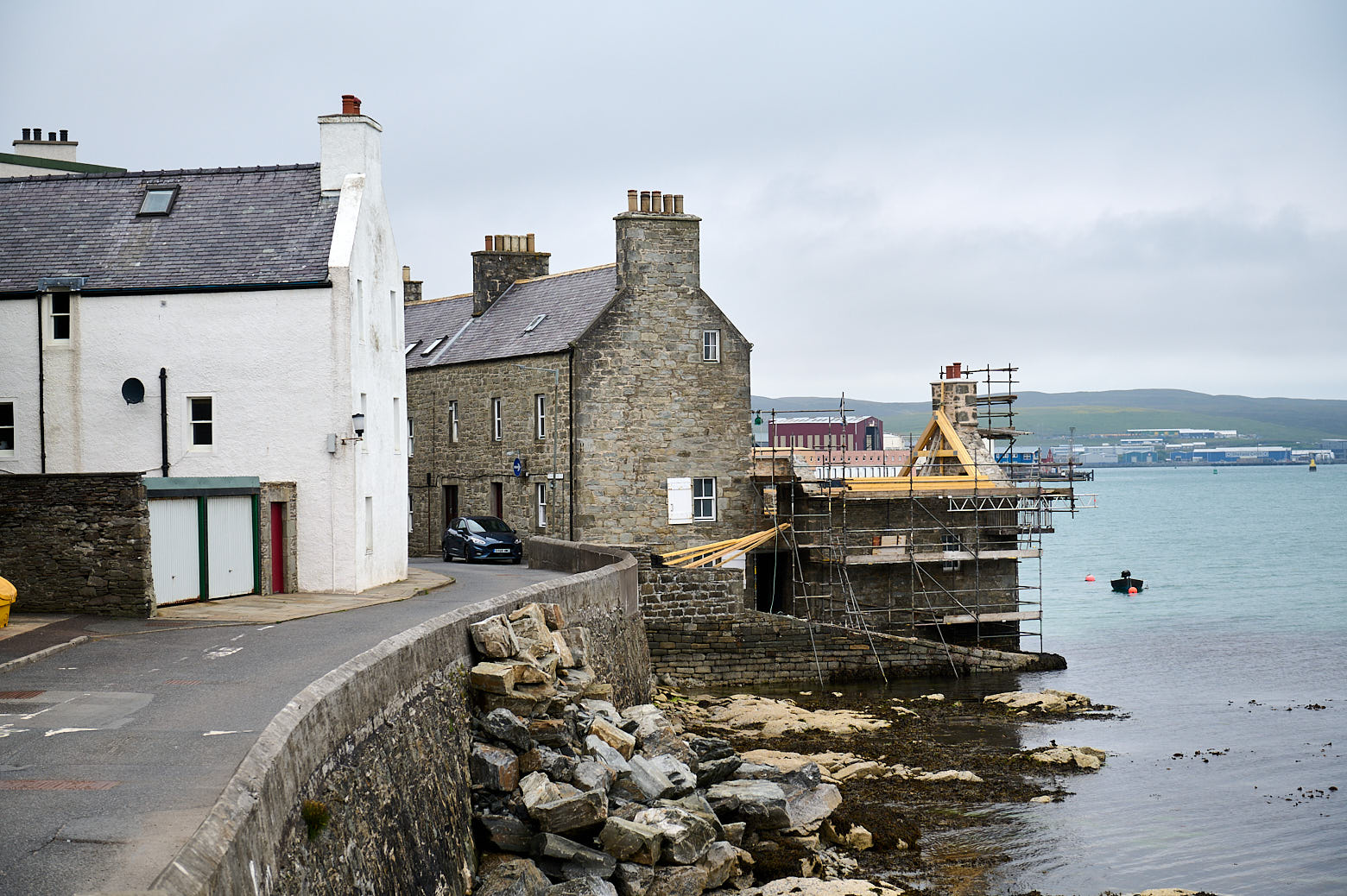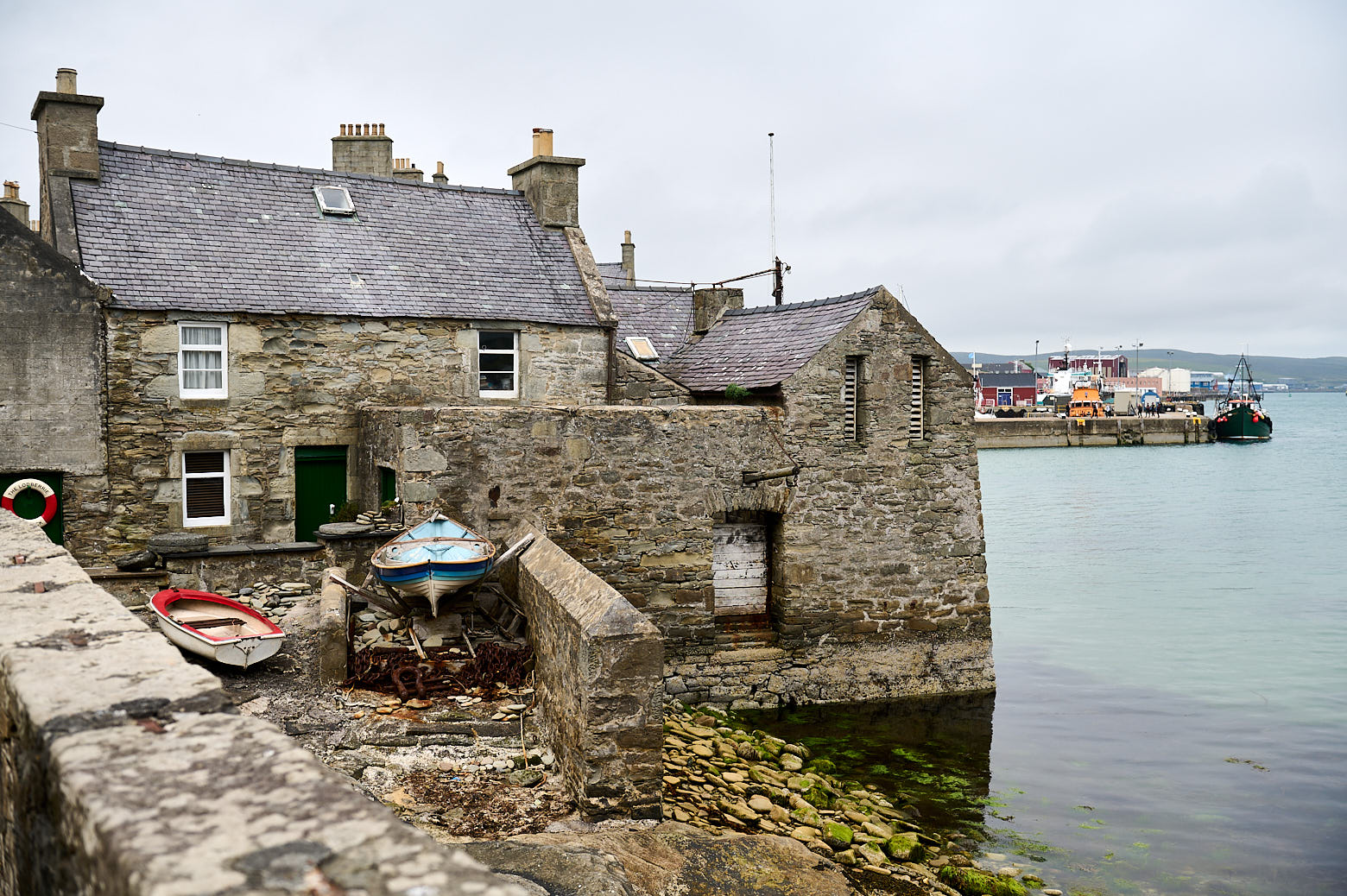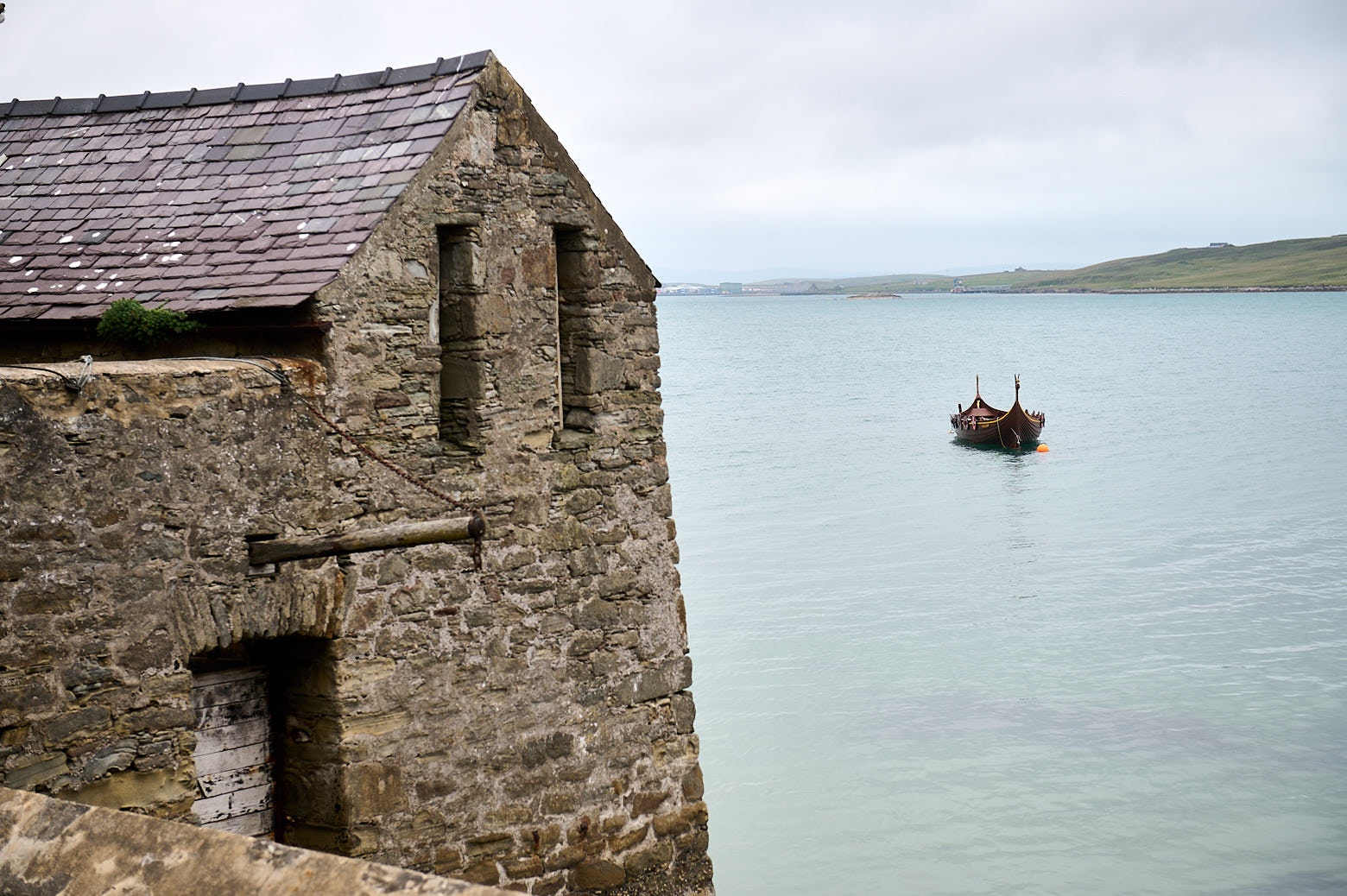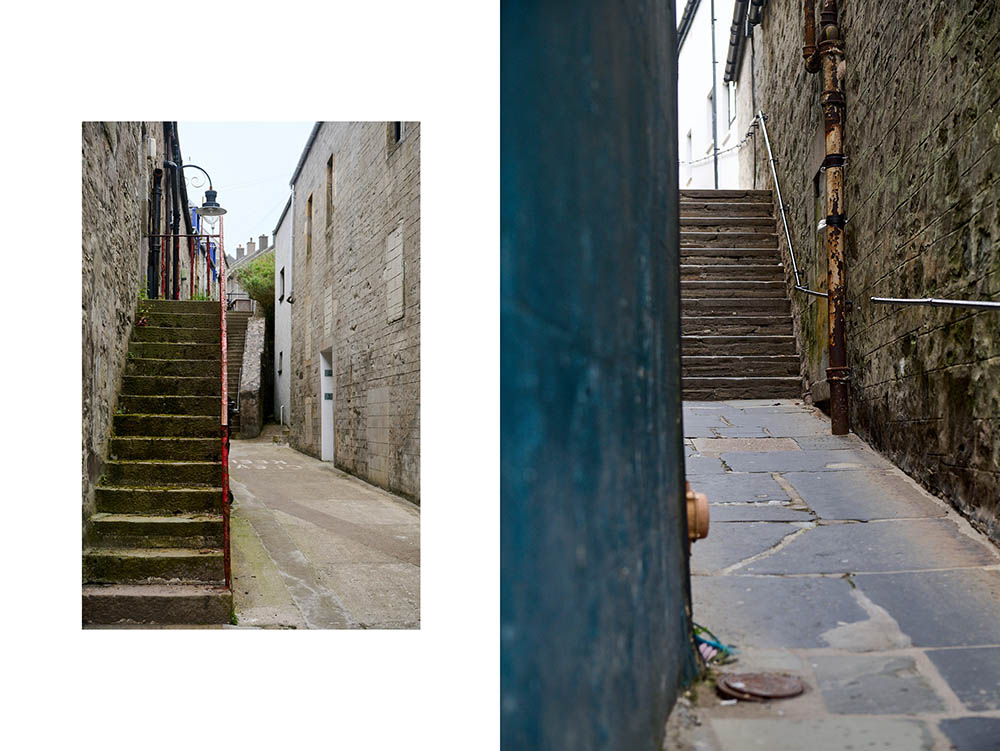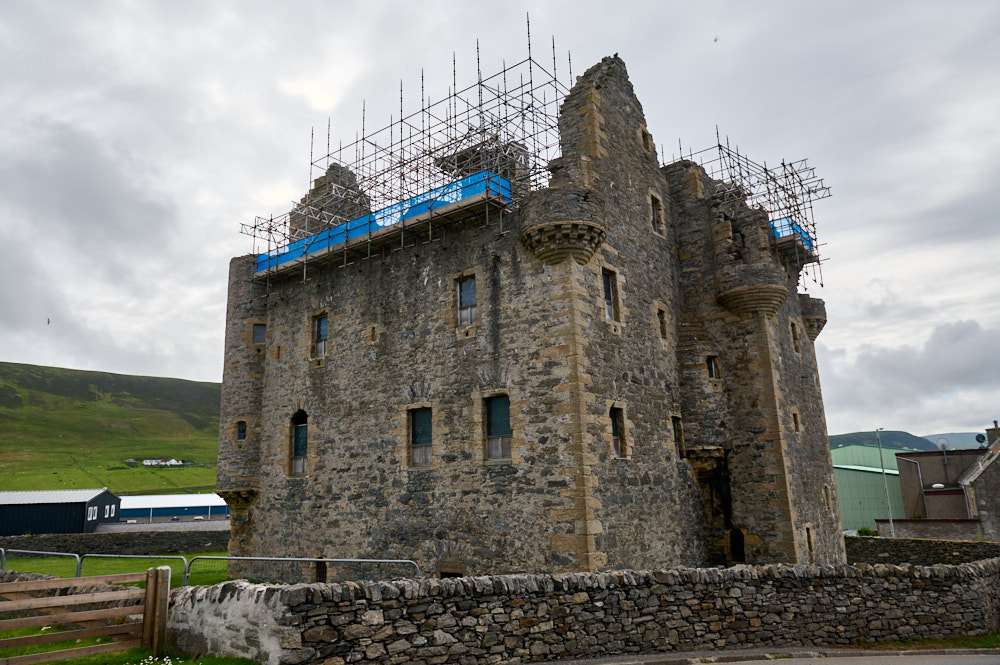
After my walk on the beach, I drove back a few minutes to Scalloway, the largest settlement of the west coast of Shetland and the former capital.
Unfortunately, the museum and the castle were closed, so I just walked around the shoreline further into Scalloway.
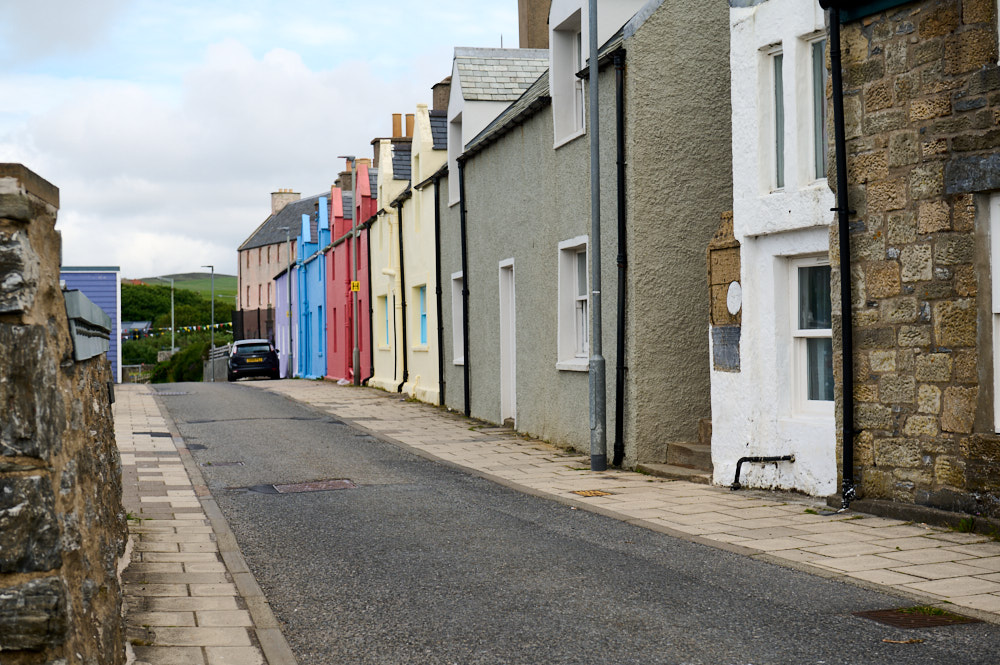
Scalloway Castle was built in 1600 and was originally surrounded by water. The land was reclaimed from the sea and the castle now towers over the city. North of Scalloway lies Tingwall, the traditional home of the Parliament for Orkney and Shetland since Norse times. The Vikings used to arrive on the beach of Scalloway and travelled further north to hold their parliament.
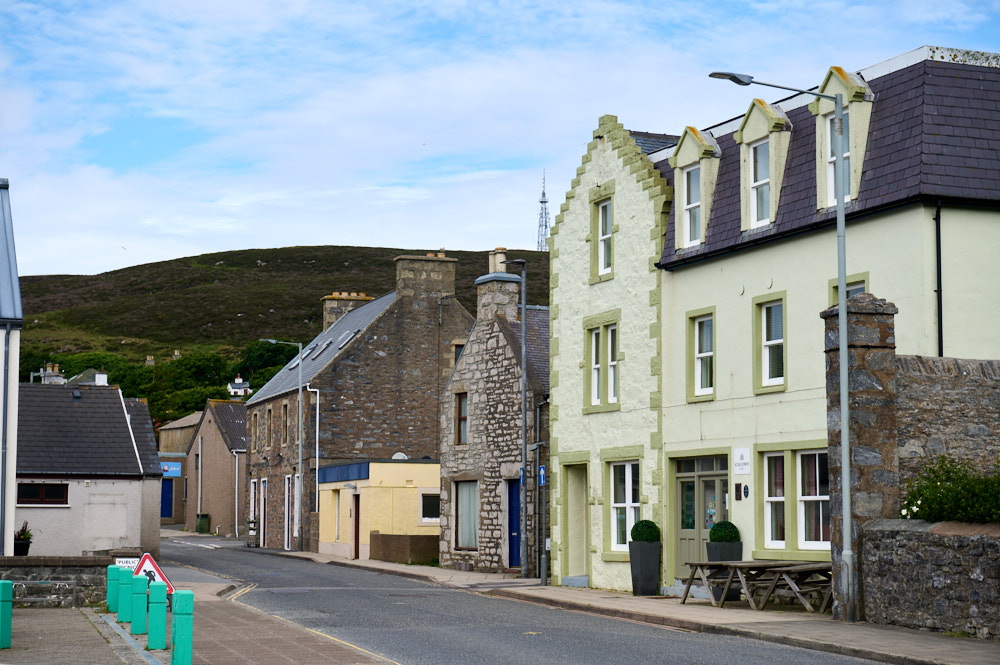
Lovely houses along the streets, often colourful or with a nordic reference.
Scalloway was an ideal location for a settlement. It has a large and sheltered natural harbour and sits at the fertile Tingwall Valley’s foot, providing rich agricultural land. There is good access to fresh drinking water, and the surrounding hills protect it from the worst wind. (Northlinkferries.co.uk)

Shetland Bus
During World War II Scalloway became the base of the “Shetland Bus” operation of the Norwegian Resistance and the British Secret Service. After the occupation of Norway in 1940, a fleet of small fishing boats with Norwegian refugees arrived in Scalloway. It was the start of the Shetland Bus operation
involved small wooden fishing boats that plied across the North Sea in winter, under cover of darkness, carrying refugees from Nazi-occupied Norway and bringing weapons and supplies. (Northlinkferries.co.uk)
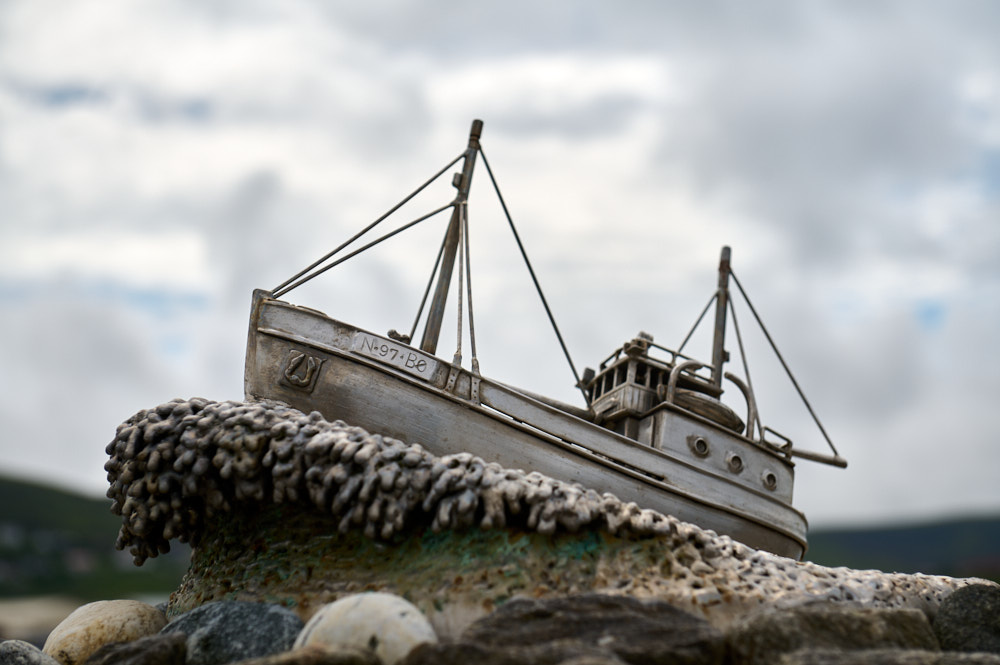
The British government wanted to support the resistance and to provide an escape route for refugees and compromised agents, so those boats and their young volunteer crews were deployed to do that. The crossings were made during the darker winter months, to reduce the risk of detection, so the crews had to face storms as well as the risk of capture or sinking by the enemy. (Shetland.org)
It was a dangerous operation, many ships sank and are remembered with the Shetland Bus Memorial.
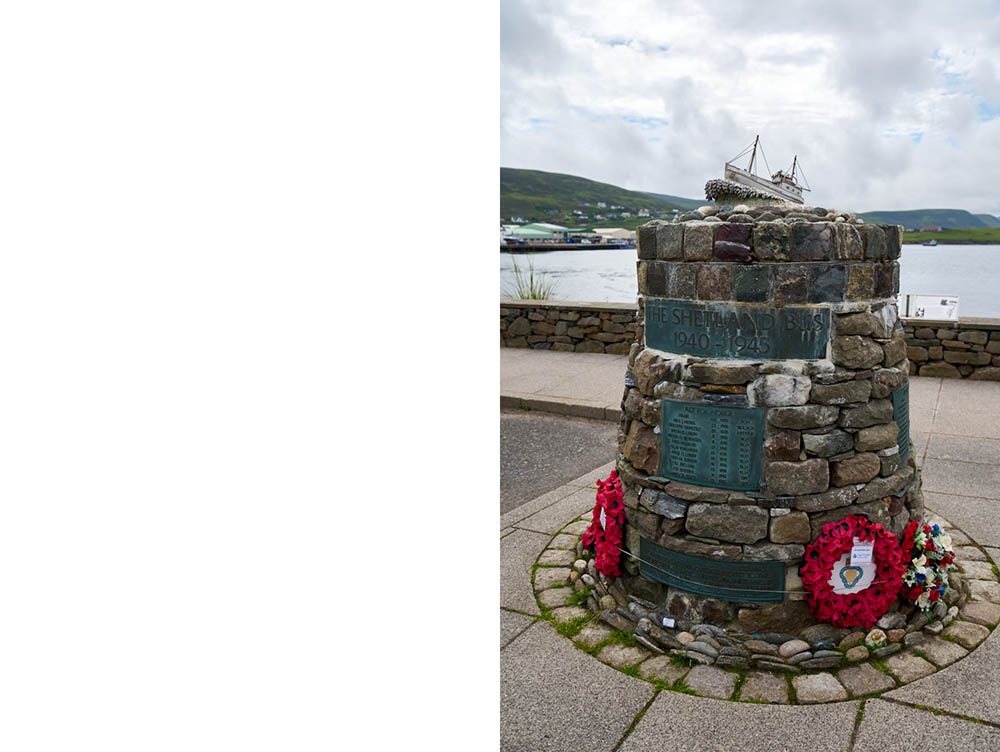
The memorial was constructed with stones from the lost crewmen’s home districts in Norway. Celebrations mark the day of Norway’s independence every year.
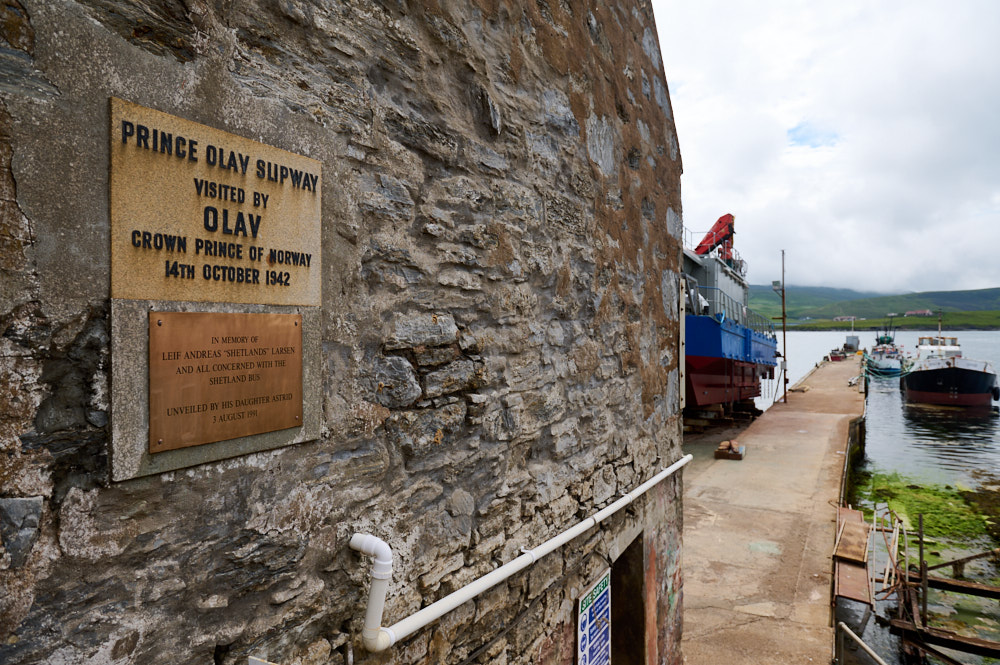
One of the factors that led to the establishment of the Shetland Bus operation in Scalloway was the shipyard and workshop operated by William Moore and Sons. A new pier and slipway were constructed and parts for the engines were brought by agents from Norway. (Shetland.org)
Prince Olaf even came for a visit during the war.
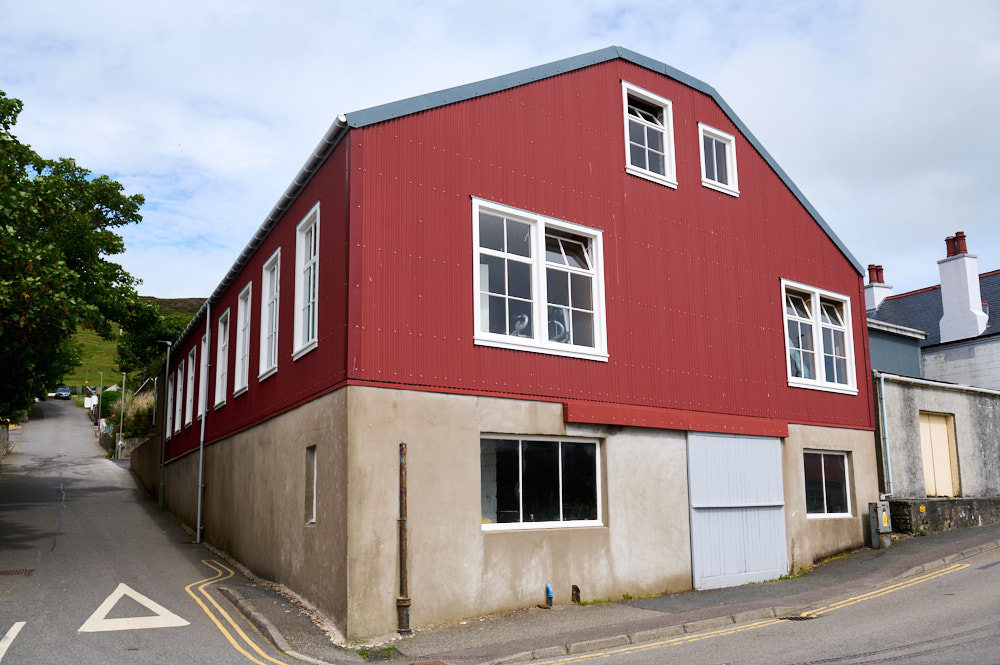
Opposite the slipway is the Norway house, which used to house the Norwegian crews and provided the sleeping quarters and a dining room.

